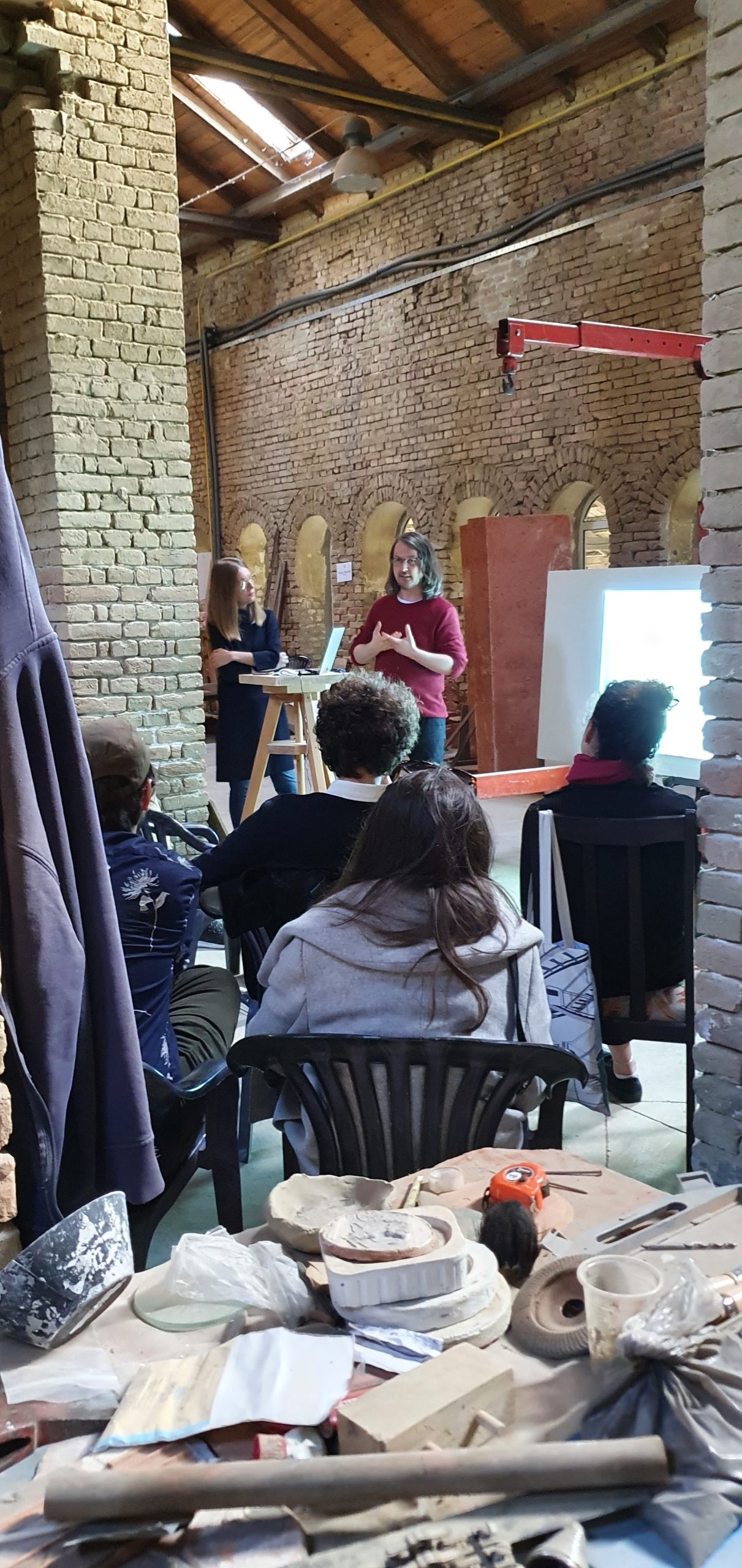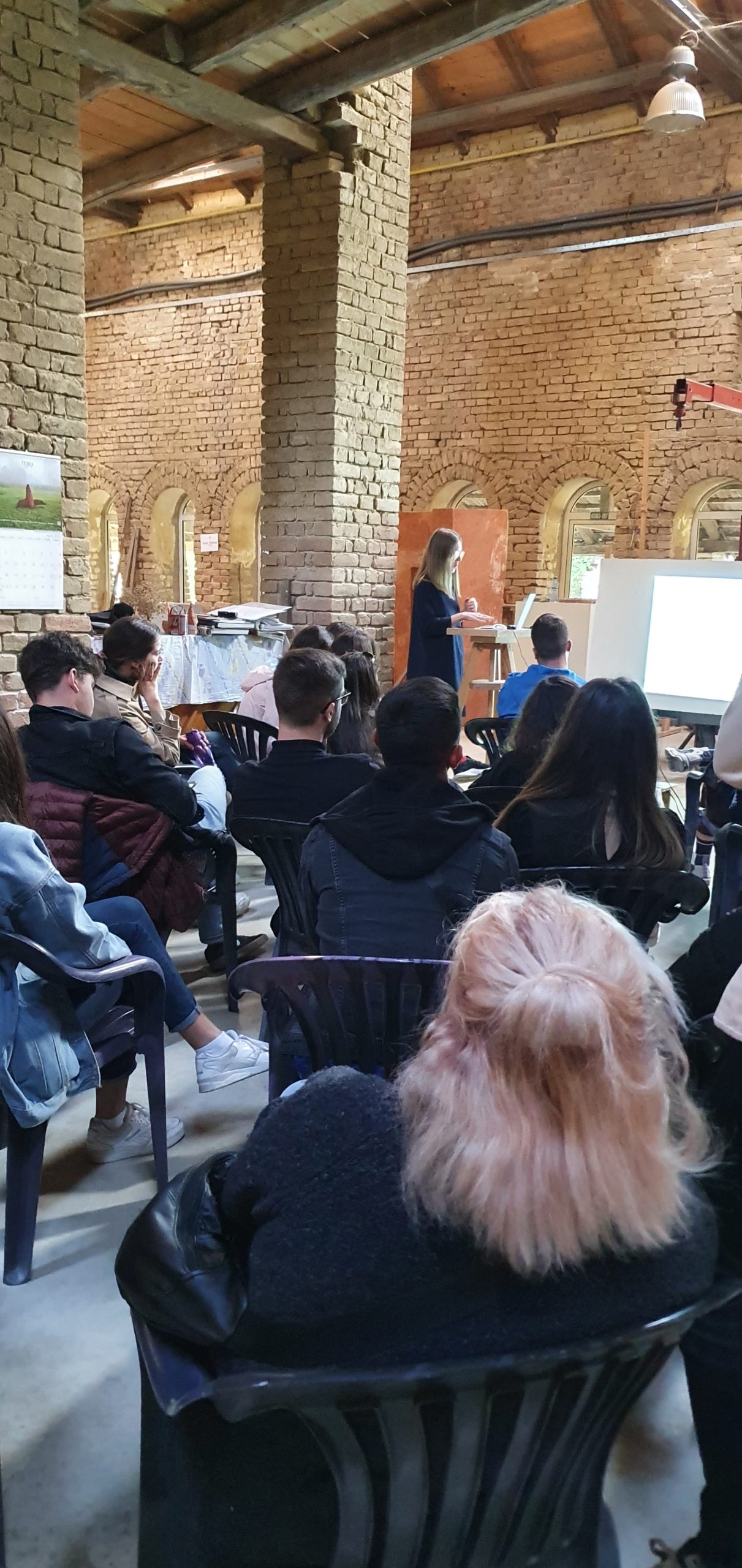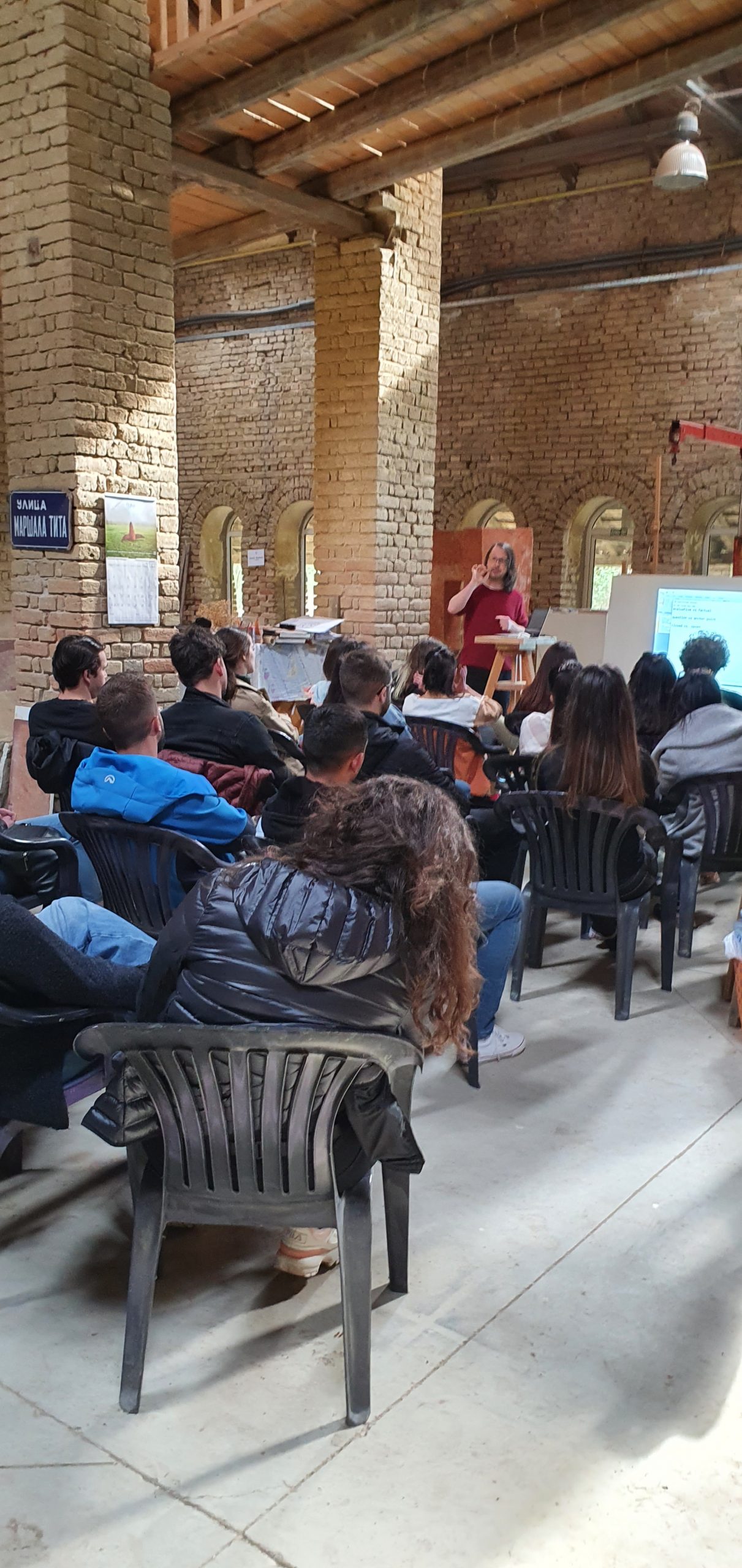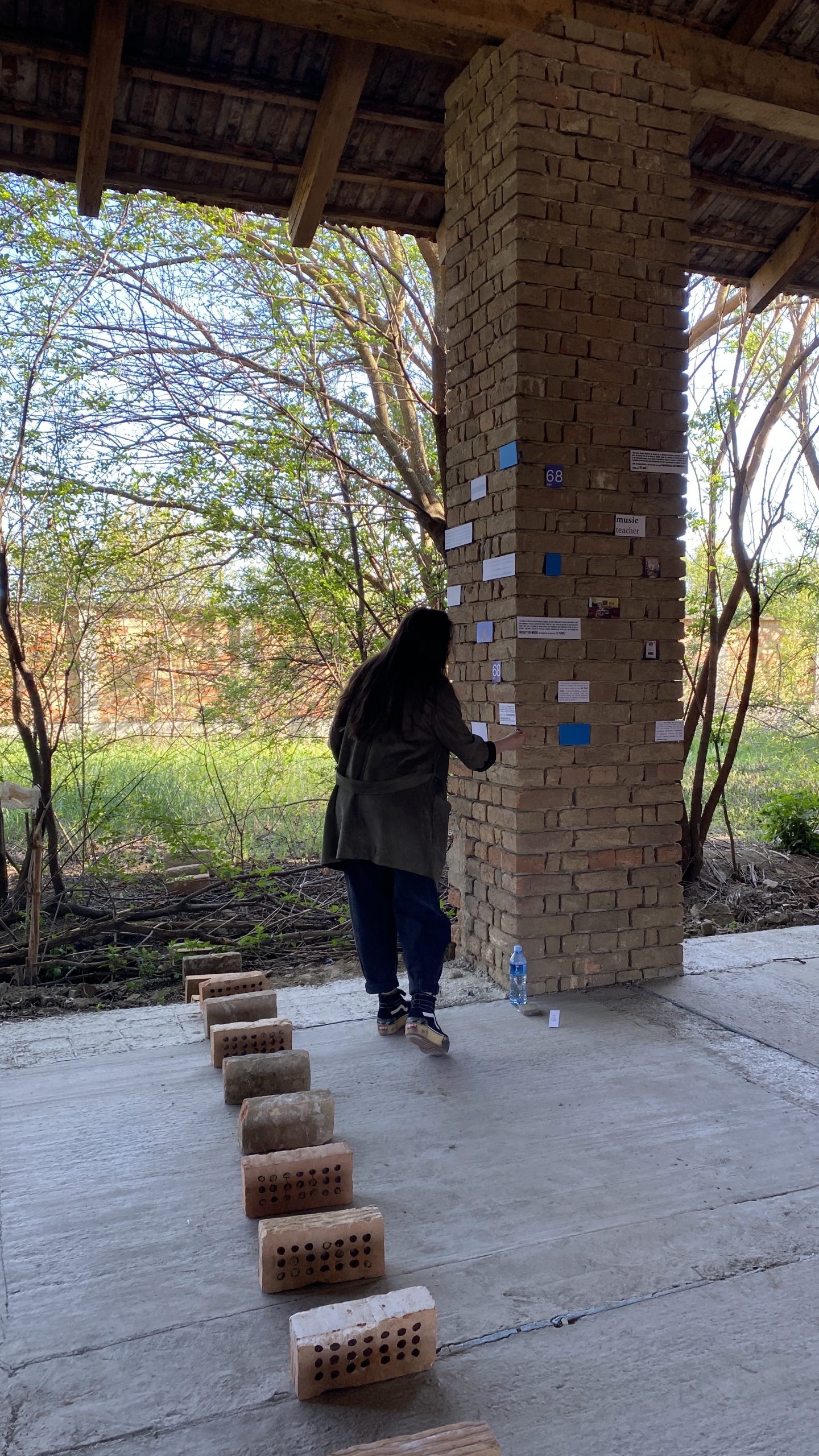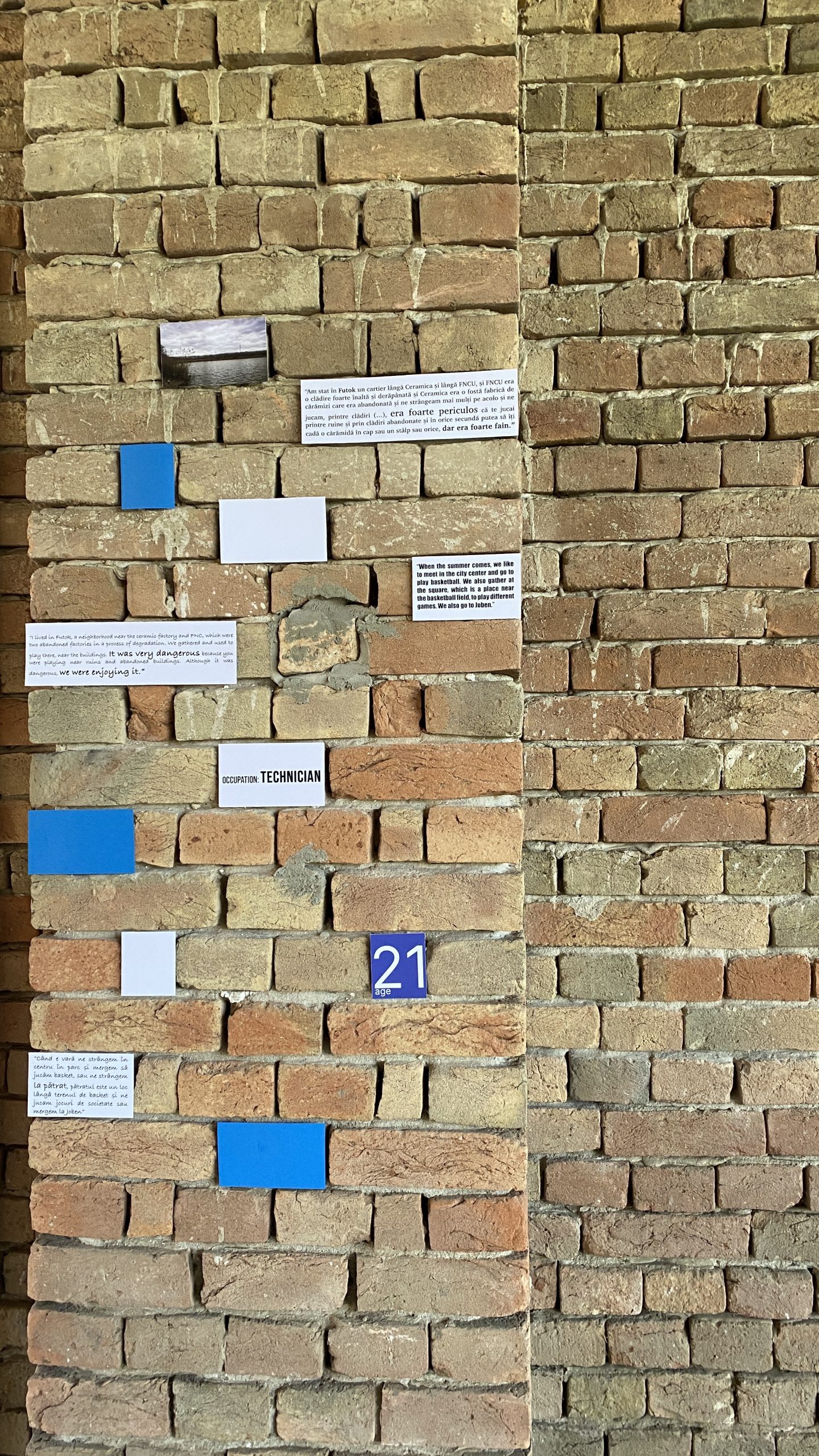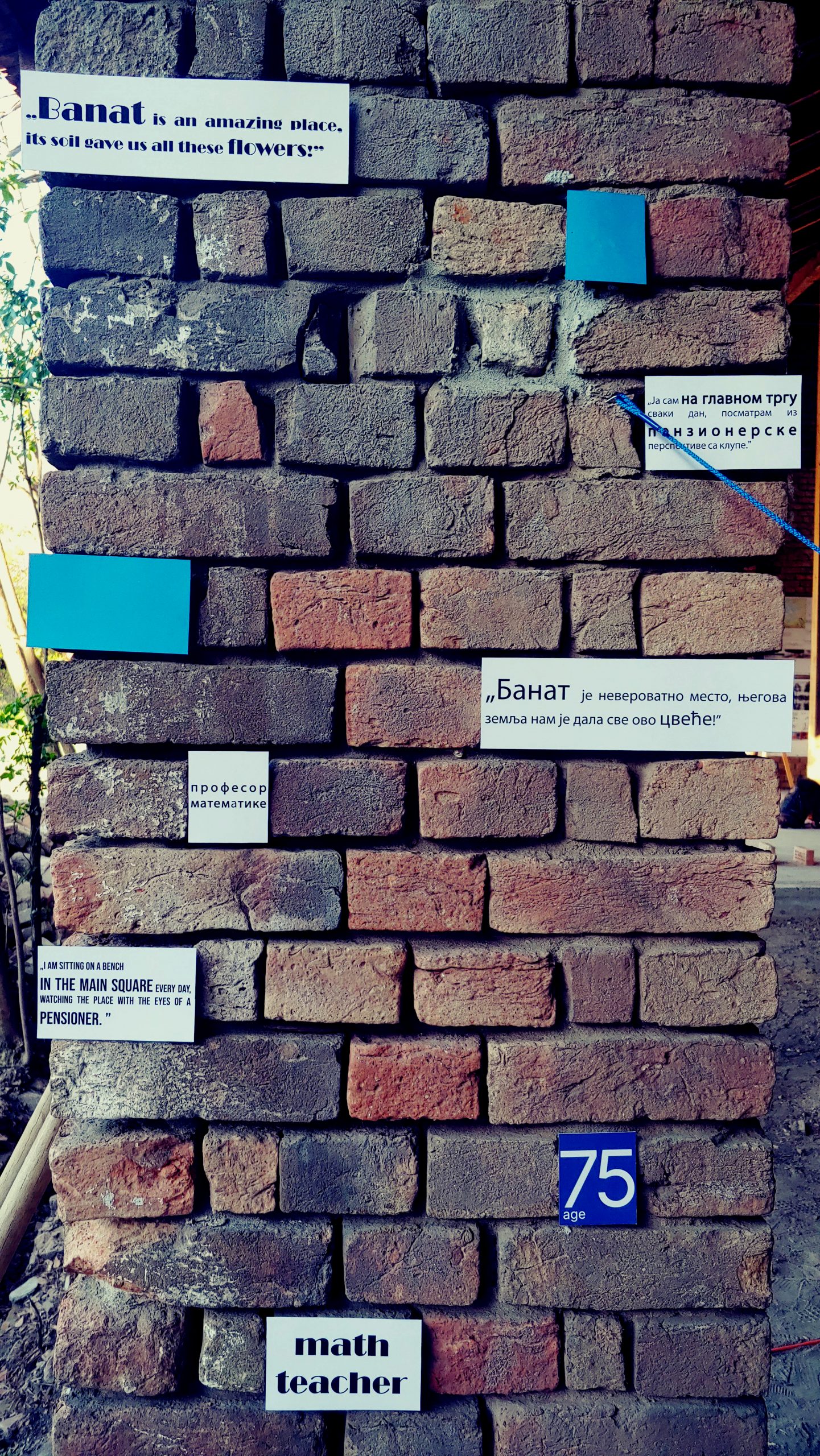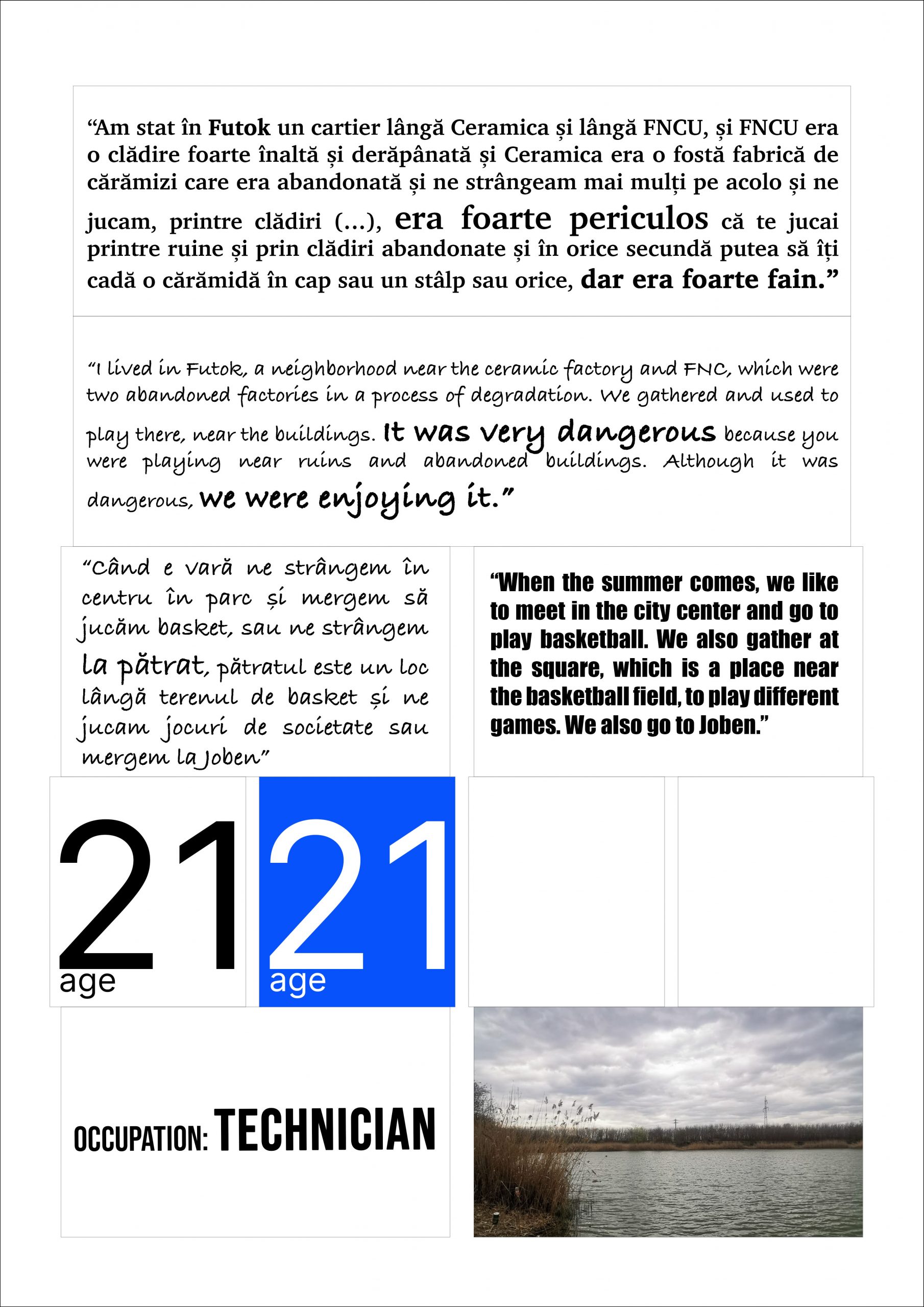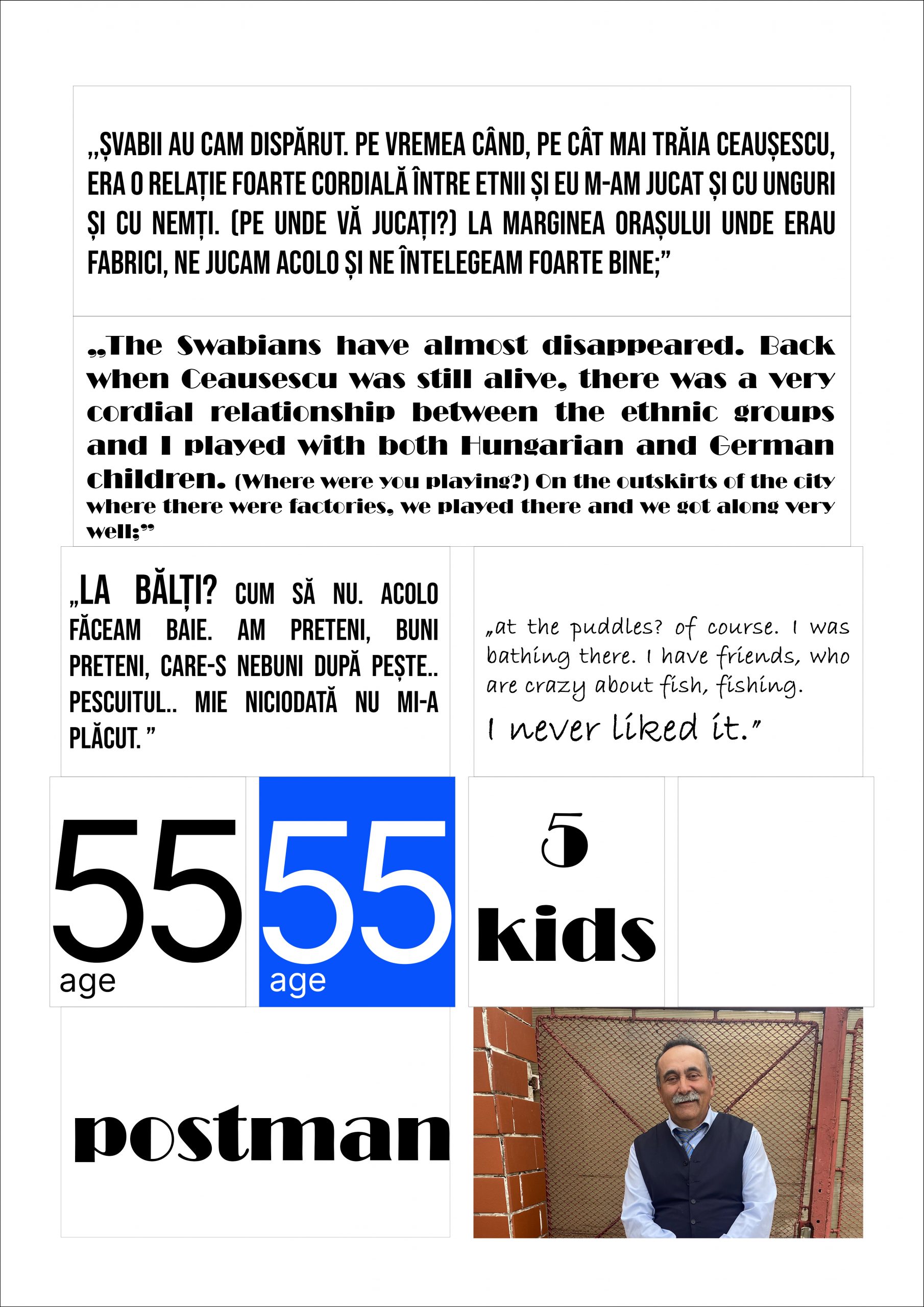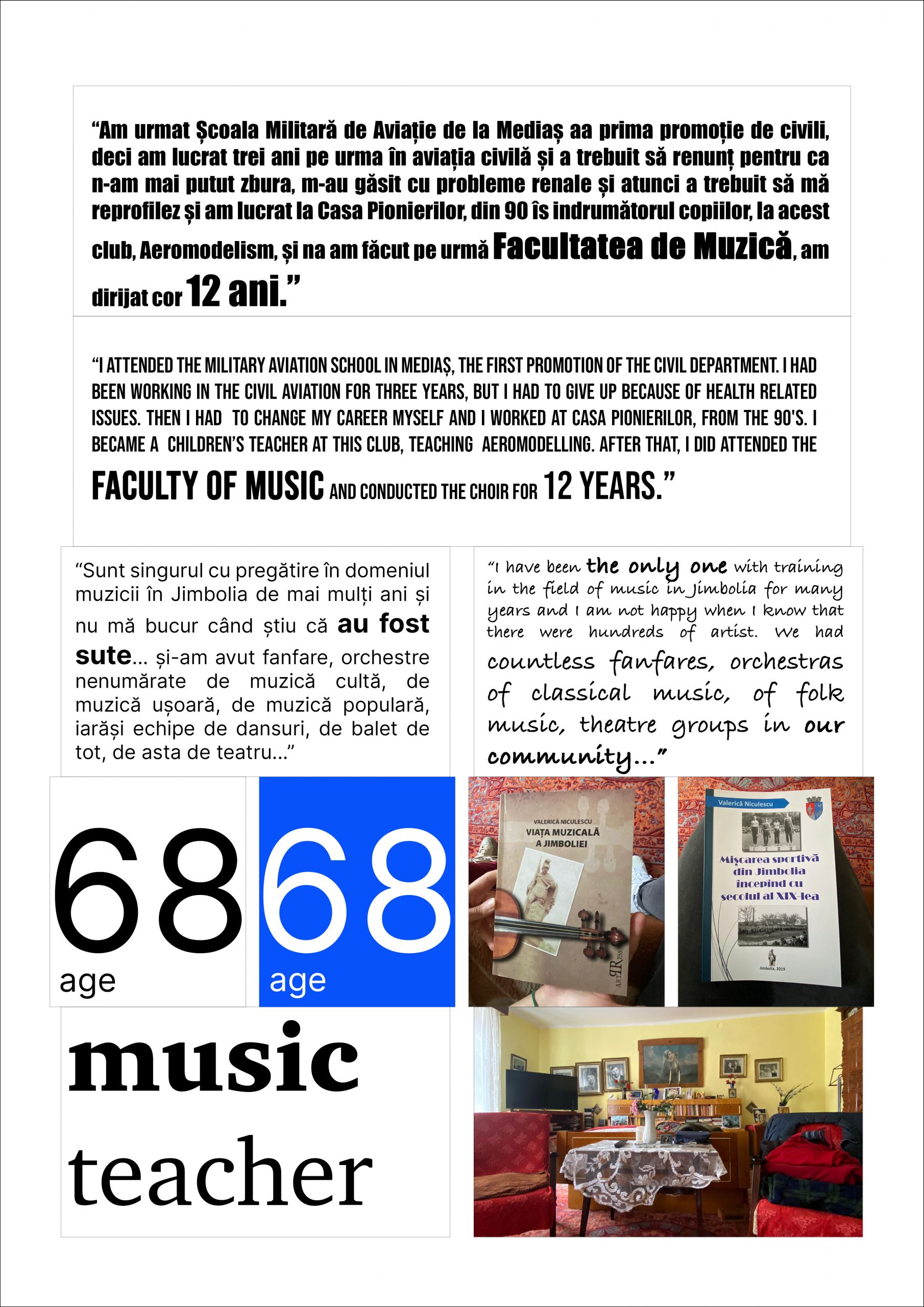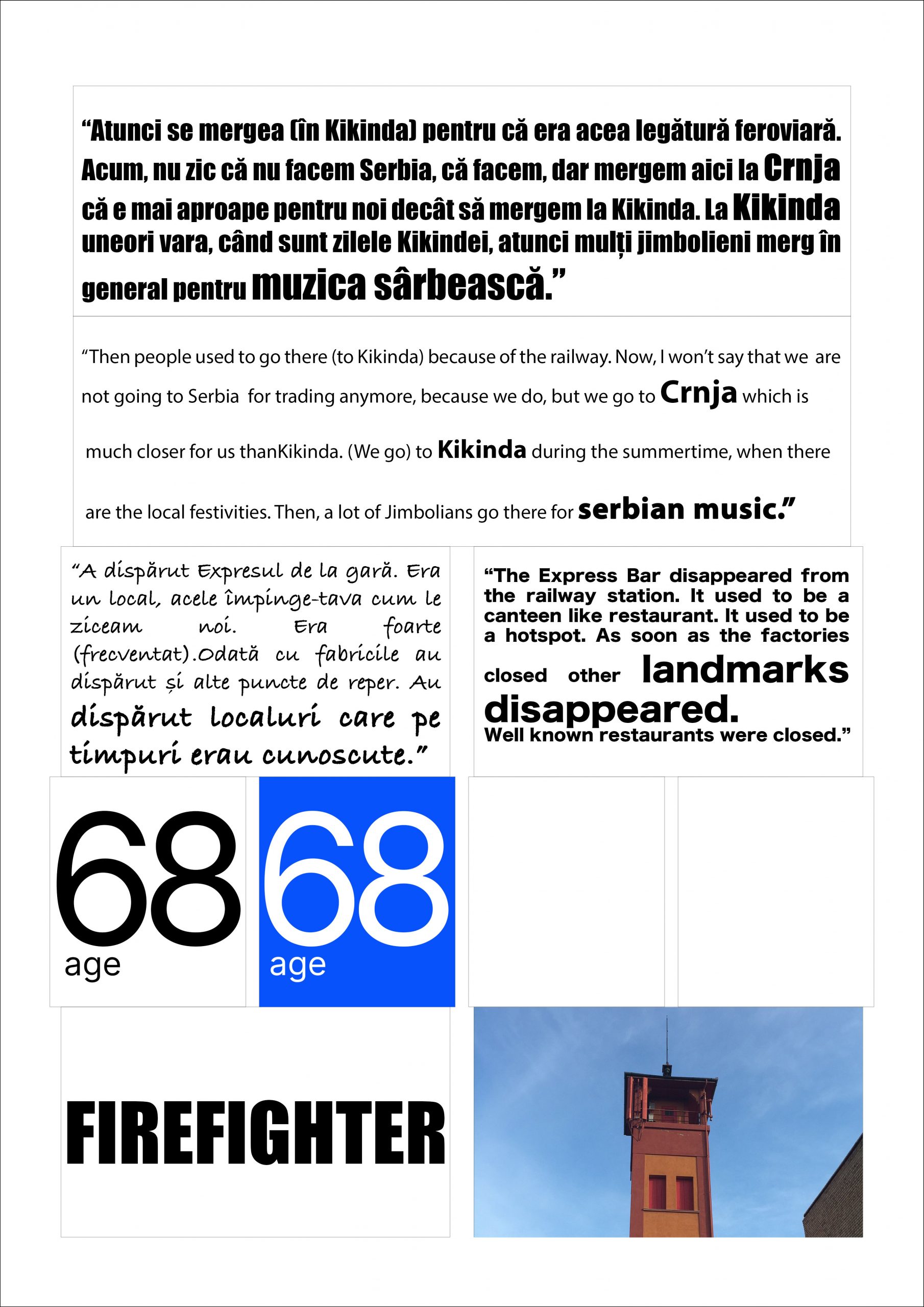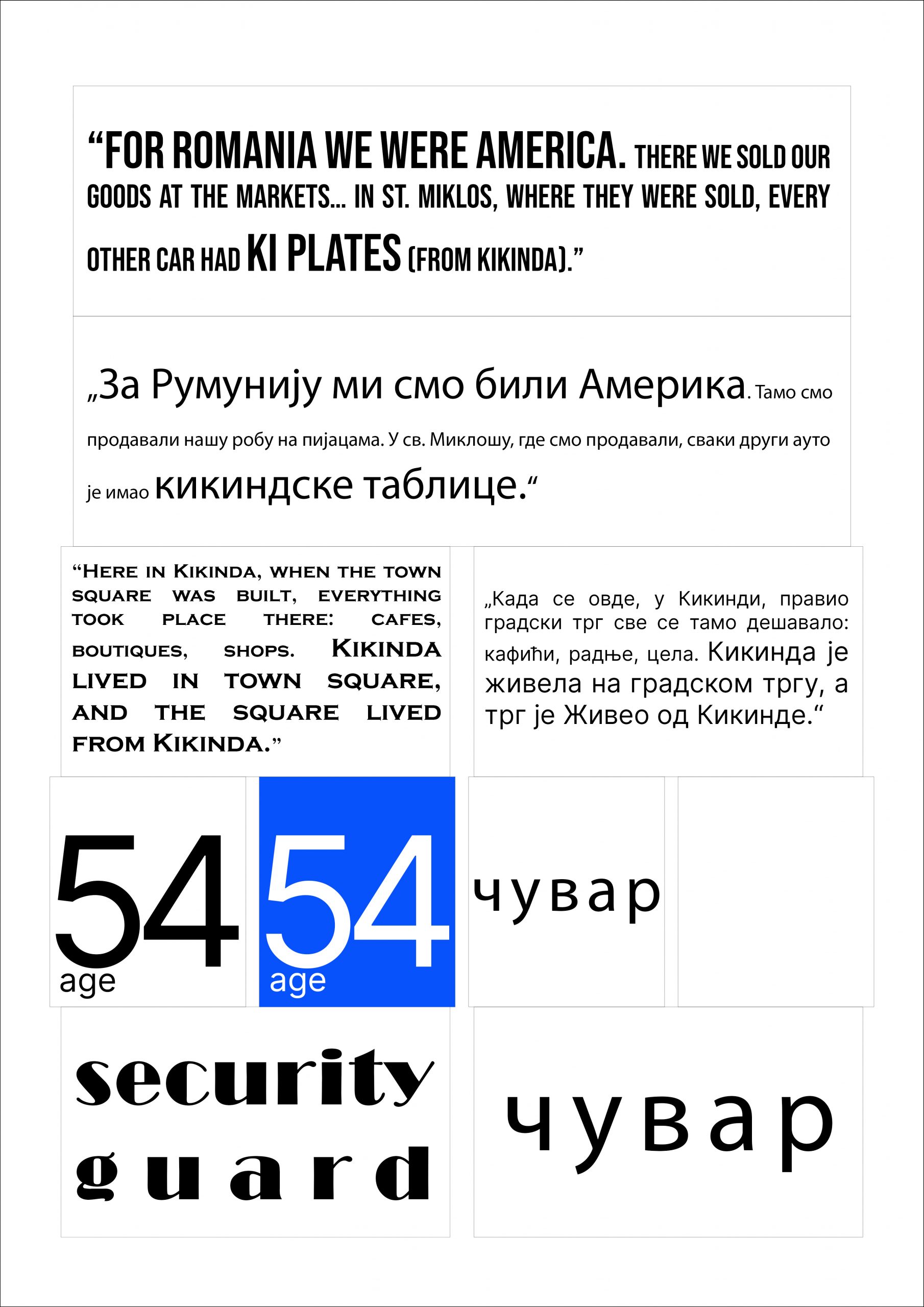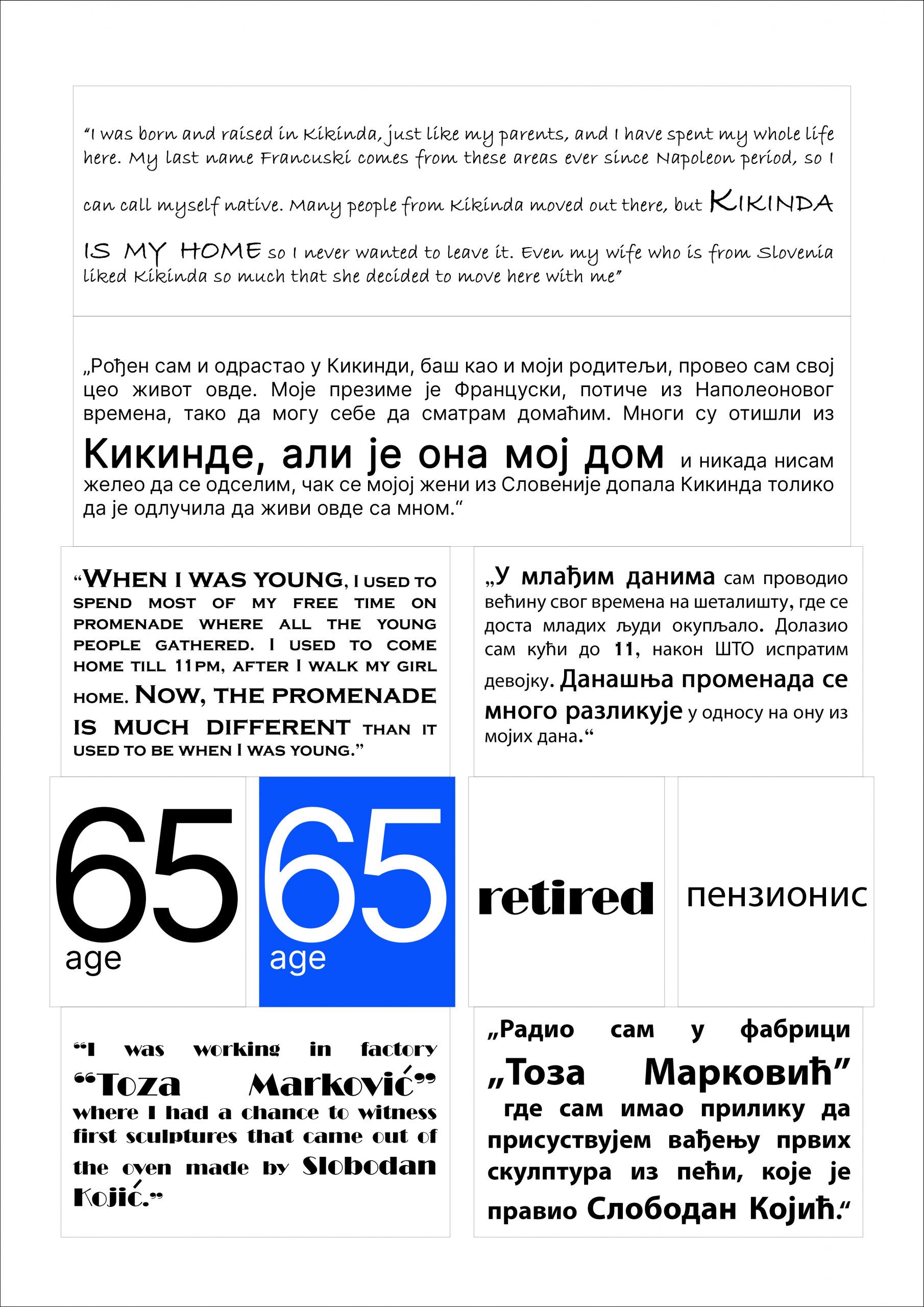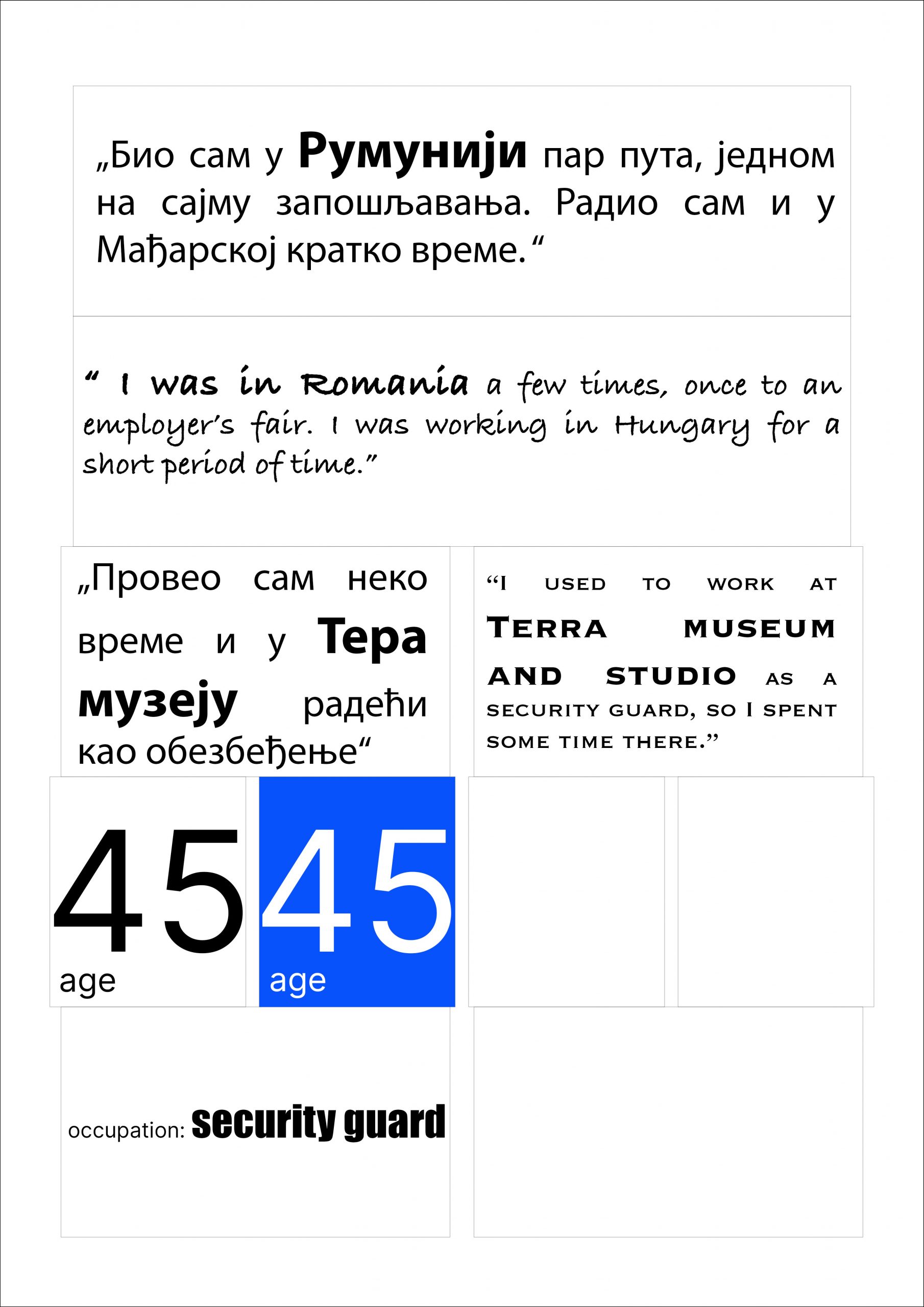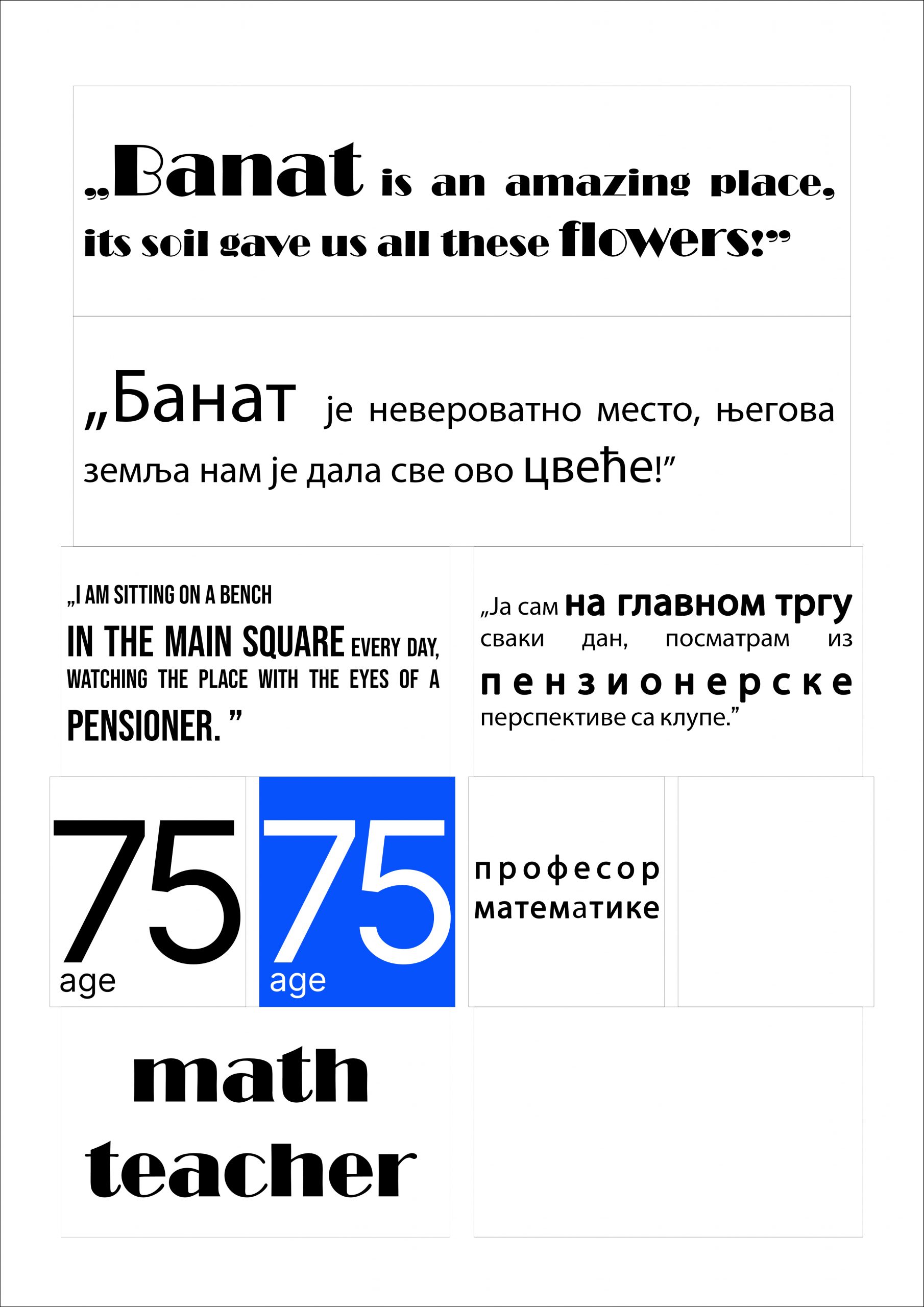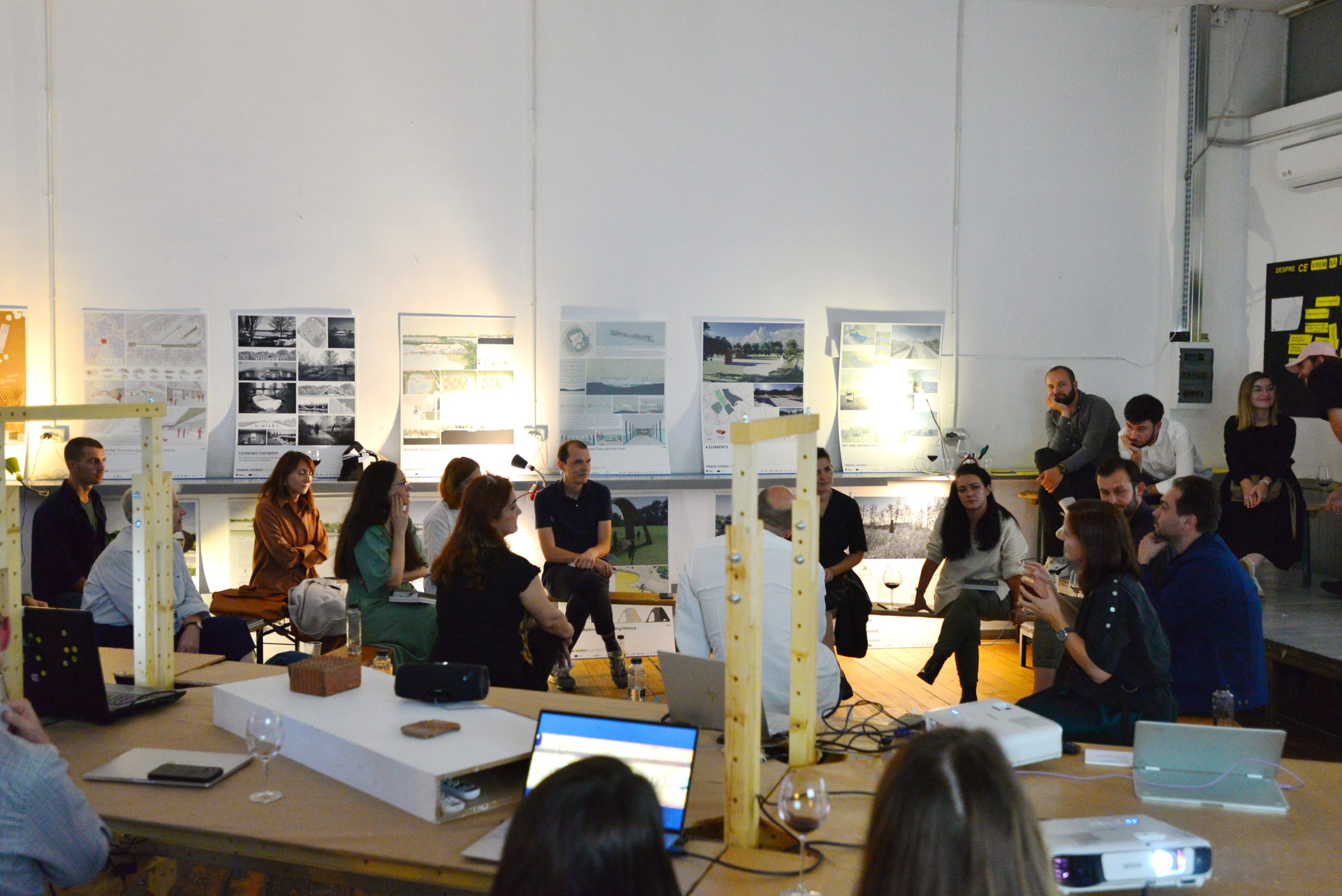
SPEAKING WITH COMMUNITIES
UBB worked alongside UAUIM in the 5th workshop “Curating Triplex Confinium. How to build up an exhibition”, offered for all of the students enrolled at the Kikinda summer school. This workshop intended to explore the making-of of the exhibition dedicated to the dissemination of the experiences from the Triplex Confinium project. In order to do that, the coordinators of the workshop proposed a four-step action: initial proposal for the exhibition / debating the public expectations / debating the previous experiences from the curators’ point of view / setting the exhibition.
The UBB exercise first presented the most important research strategies available and the differences between them (qualitative vs. quantitative methods). In a second step the presentation detailed the qualitative methods and the way these can be used by architects. The discussion focused on:
- the theory and practice of constructing proper research instruments (such as an interview guide),
- the types of questions that a researcher can use and their implications
- the ways to gather data in relation with the research questions and
- the manner in which architects can analyze and interpret the results.
This knowledge can be applied by architects in different moments, as from before a project is started, to understand the need, until it is finished and its impact can be evaluated.
The first output of our workshop was semi-structured interview guides (in English and the language of each participant country) useful in assessing the results of both the summer schools and, also, for the Triplex Confinium project as a whole. In the next step teams of students went to Jimbolia (Romania), Kikinda (Serbia), Makó (Hungary) and Dudeştii Vechi (a Romanian village with an important Bulgarian minority) and took interviews with locals talking about their memories of spaces and places related to their lives and their movement patterns. The information from these interviews were used in the construction of the exhibition. More precisely the outputs were relevant citations from interviews and maps of relevant places. All these, alongside the construction proposed by the architects, materialized in an exhibition that captures the (dis)connections between Kikinda and Jimbolia.
The interview structure used and the indications for data interpretation are the following:
OPENING: Hi, we are students, and we received the assignment to find out more about this city and the lives of its people. Please help us to do our homework by telling us a little bit about you. We would like to know about the place where you grew up, the place you live and work. I wonder if you could spare some minute with us. The answers we receive will become part of an exhibition that we are making about the city and will be exhibited in Kikinda/Serbia.
OPERATOR! If needed and you feel it is appropriate: I want to assure you that your answers will be anonymous. OR I would like to have a contact from you to invite you next week at the exposition.
- I would like you to tell me about the place where you grew up and try to describe it.
Anchor points: You grew up in this city? In a house or a block of flats? Where was it located in the city? Who did you live with? Did you have your own room? Where did you use to play? Who did you use to play with?
[Operator! The word „place” is used to describe both the city, and the house/flat where they live in. Relevant points: information about the place and the types of memories associated with it: pleasant, unpleasant, where these times easy or harsh in terms of welfare. We are interested in the description of the place as a space and who lived there]
- I would like you to think about your school years and tell me where and how were the different schools which you attended.
Anchor points: Where was your primary school? How about your secondary school? Did you go to university, if yes, where? What was your specialization? Did you have a favourite route to school? Did you think about attending a different school? If they were living in a rural area, how did they commute to school?
- OPERATOR! If they grew up in a different place:
Please remember when you moved here, in this city/house and how did it happen.
Anchor points: When did you move? What event triggered the relocation? Who did you move with?
- Please think about your weekly routine and tell me about the new places in the city that you frequently go to. Are there any places which you used to enjoy that disappeared?
Anchor points: How did the city transform? Why do you think this happened? Why do you think certain spaces disappeared?
[Operator! The following places are relevant: cafes, pubs, parks, shops, playgrounds and spaces for relaxation, cultural spaces, etc.]
Operator! In the case of a working age person (18-65 years old):
Please remember how you found your current job and how you were employed here.
Anchor points: What years was it? What was your position? What company was it (startup, multinational, small or big)? Where is the headquarters? Where is the job located? Are you commuting? How long does it take for you to commute? Do you have any extra jobs?
Operator! In the case of an inactive person (65+ years):
Please remember your last job and tell me about it.
Anchor points: How long did you work there? What was your position? What type of company was it (state owed, private, self-managed by the workers?) Where was it located? Did you use to commute? What means of transportation did you use to commute? How long did it take?
[Operator! The following points are relevant: type of work and where was it spatially located. We are interested in how they managed to travel to work and what spatial decisions were implied in choosing this job]
- Of all the jobs you had, which one was located the furthest from your house?
Anchor points: What type of job was it? How did you find this job? How long did you work there? How was your work experience?
[Operator! The following points are relevant: both the migration experiences within the country, and those abroad]
- Please remember if you attended school and/or ever worked in one of the neighbouring countries Romania/Serbia/Hungary? Did you visit any of these countries?
Anchor points: When? In what city? What was the context? How did you decide this? If no, did you ever think about visiting these countries? Are you planning to do so?
Operator! If the interview is in Kikinda:
Kikinda is known for its long history of working with clay and its tile factory. Please tell me about your memories about the tile factory.
Anchor points: Did you ever work there? Was the factory active during your lifetime? Did you ever attend a cultural event at the factory? Do you know any artists who exhibited at the factory or were part of a cultural event?
[Operator! The following points are relevant: types of images associated with these places, in order to grasp their affective identity]
Operator! If the interview is in Jimbolia:
Jimbolia is known for its long history of working with clay and brick making. Please tell me about your memories about brick making in Jimbolia.
Anchor points: What was the context? Is it a family member?
The authorities in Jimbolia intend to build on the lakes in Jimbolia. Please tell me about your memories about the lakes which provided the clay for the brick factory.
[Operator! The following points are relevant: the types of images associated with these places, in order to grasp their affective identity]
Operator! No other questions for Makko and Dudești:
Interviewee:
Age:
Gender:
Marital status:
Kids:
Occupation:
Interviewer:
Location:
Other people present:
Length of interview:
More details on the interview methodology will be available in the O1 M2. 04. Speaking with communities. How to conduct an interview with local actors, course output, soon to be published on our site.
Text: Norbert Petrovici, Cristian Pop, Ana Chis





